From training propaganda officers to professional journalists
A century has passed, the Vietnamese revolutionary press has continuously grown and along with that has been a fundamental change in the thinking of training journalists.
Professor Ngo Thi Phuong Lan, Rector of the University of Social Sciences and Humanities (USSH), Vietnam National University, Ho Chi Minh City, summarized this journey with a core concept: from training propaganda officers to training professional journalists, those who bring quality, accurate and reliable information to the public.
Initially, we trained propaganda and journalism cadres to propagate the revolution and serve the war. Later, we trained professional journalists to serve the public's need for quality, valuable, accurate, and reliable information. She emphasized that the 1986 Doi Moi milestone was the most important turning point in this change of thinking.
Looking back at each specific period, Professor Ngo Thi Phuong Lan emphasized the 100-year history of Vietnamese revolutionary journalism, starting with the birth of Thanh Nien newspaper on June 21, 1925, founded by President Ho Chi Minh .

President Ho Chi Minh - the great teacher of Vietnamese revolutionary journalism (Photo: VNA).
During the period 1925–1945, journalism training originated from Nguyen Ai Quoc's special class. Students were equipped with skills in writing and publishing newspapers to use as tools to mobilize the masses. The motto "writing newspapers to fight, making newspapers is making revolution" was formed from here.
During the years 1945-1975, journalism was an ideological weapon, and journalists were soldiers. From the Huynh Thuc Khang journalism class in 1949 to the flexible professional training classes on the front lines, journalists were trained directly from the smoke and fire of the battlefield with the motto "study to write, write to fight". In 1962, the Institute of Journalism (formerly the Faculty of Journalism), the Academy of Journalism and Propaganda, were formed and developed.

Huynh Thuc Khang Journalism School (Photo: Document).
During the post-war transition period of 1975–1986, the press focused on ideological stability, and journalists were soldiers on the ideological front. Journalism training courses at the Central Propaganda School (now the Academy of Journalism and Communication) were promoted.
The training of professional journalists in the renovation period has undergone a clear change in the period 1986-2010. The market economy requires journalists not only to propagate but also to be professional, sensitive, capable of analysis, criticism, respect for truth and professional ethics.
This period established a large-scale, systematic journalism training system with professional training facilities, diverse programs, invested facilities and modern curriculum. In particular, the Faculty of Journalism and Communication, University of Social Sciences and Humanities, Vietnam National University, Hanoi and Ho Chi Minh City, established in 1990 and 1992 respectively, are important links in this system.

Key milestones in the transformation of journalism training thinking.
The professor particularly emphasized digital journalism and AI from 2010 to present. The development of multimedia journalism, data, artificial intelligence and social networks has radically changed the way news is produced and consumed.
According to Professor Phuong Lan, journalists today need traditional news and article writing skills combined with the ability to tell stories using images, audio, video, use digital tools, apply AI, analyze data and continuously interact with the public.
Therefore, the journalism training system is forced to rapidly transform towards integrating digital skills and new technologies.
Throughout the past, journalism training programs of schools have also constantly changed to adapt to the reality of journalism. The most prominent difference between the current training program and the past lies in the updates and adjustments to adapt to the technological context in journalism practice, especially in the past 10 years.

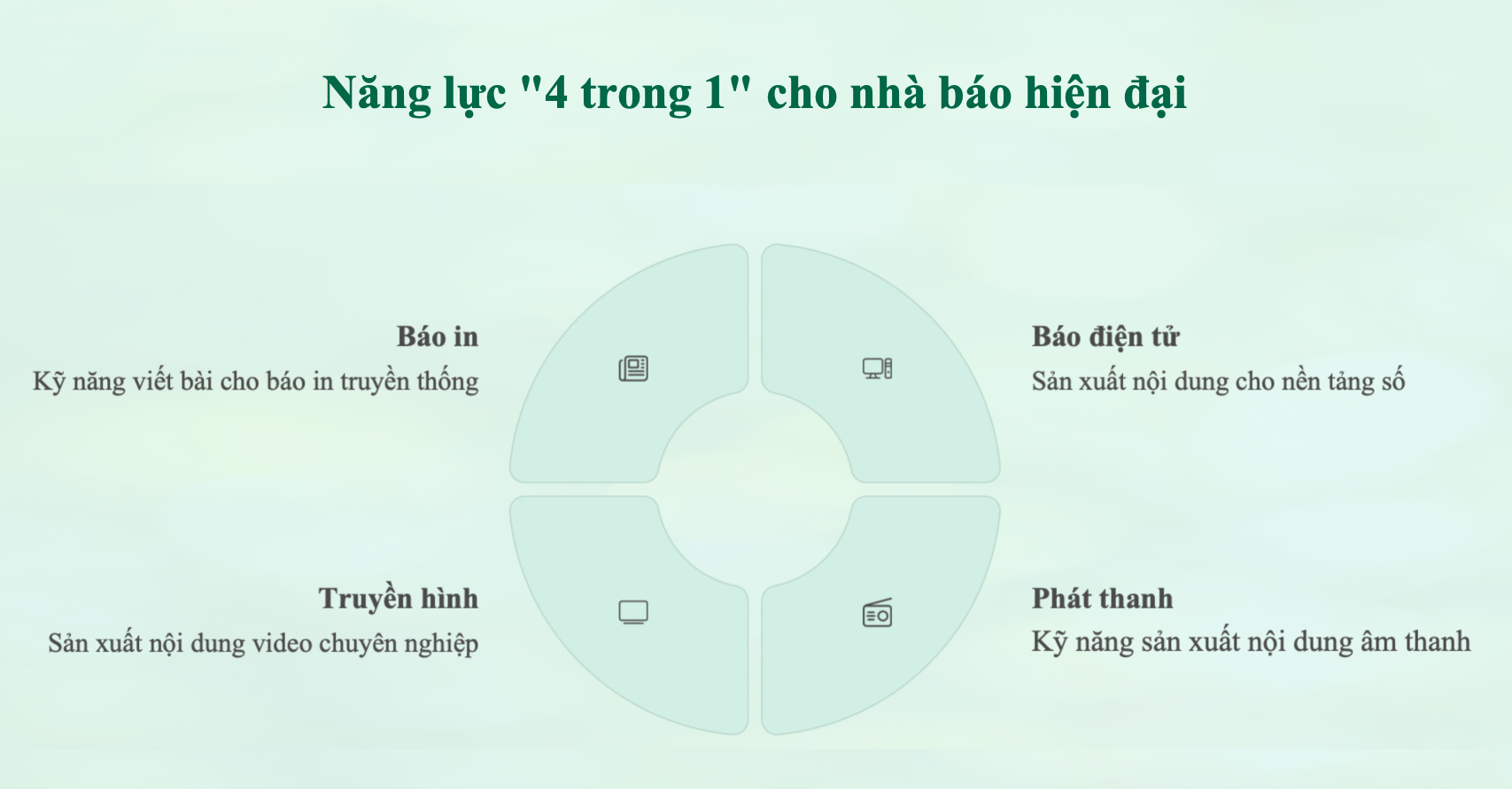
Mastering AI to Create the Future of Vietnamese Revolutionary Journalism
Associate Professor Dr. Pham Chien Thang, Head of the Faculty of Journalism and Communication, College of Science, Thai Nguyen University, emphasized that it is undeniable that AI will have an impact on the work of journalists in the near future. The development of AI is getting faster and faster, making it more perfect every hour.
Among them, the daily tasks of journalists such as script writing, news writing, tape editing, converting content to audio or images, or even video production can all be partially or partially handled by AI.
This will certainly make it difficult for many journalists who cannot keep up with the development of AI to adapt and will directly affect the work they are doing. In other words, they can completely be replaced by AI if they do not proactively change and update their skills.
According to Mr. Thang, the entire press and media industry is implementing a strong digital transformation, in which universities proactively researching and integrating AI into teaching is no longer an option but has become an urgent requirement.
“This not only helps students be equipped with AI application skills in content production, data analysis, etc., adapting to the needs of the labor market, but also opens up opportunities to improve training quality,” said Mr. Thang.
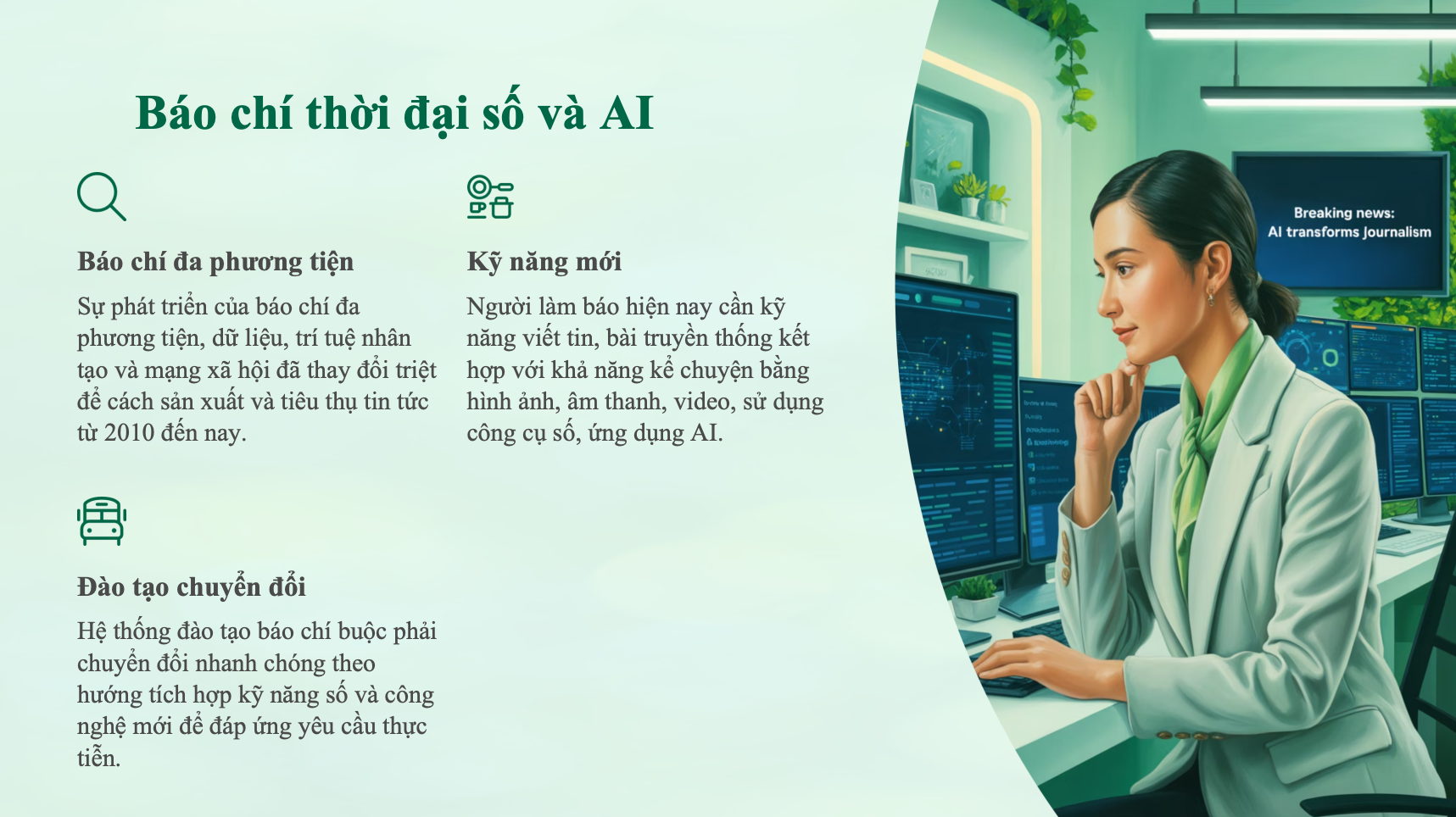
For lecturers, according to Associate Professor Dr. Chien Thang, teachers can utilize AI as a powerful tool to innovate teaching methods, reducing time spent on “boring” tasks. From there, they will have more time for scientific research and making creative changes in teaching activities.
However, integrating AI into journalism teaching also faces many challenges, requiring a professional approach strategy in each stage and with a specific plan.
The dean pointed out that, first, schools need to solve the problem of human resources for teaching with AI expertise, invest in facilities and continuously update training programs to keep up with the pace of technological development.
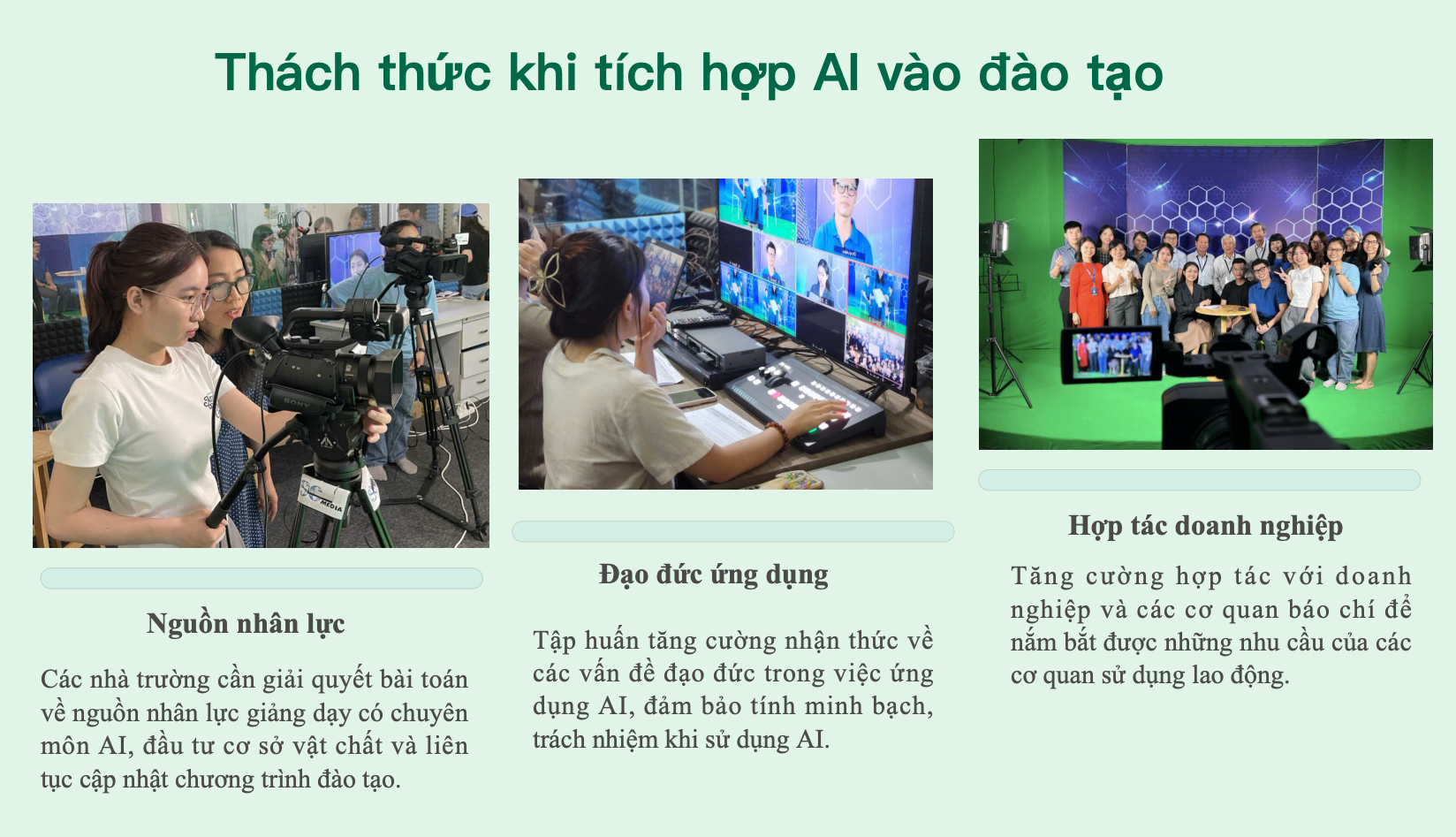
Next is training to raise awareness of ethical issues in AI application, ensuring transparency and responsibility when using AI and avoiding potential risks such as misinformation, biased or inaccurate information generated by AI.
In addition, strengthening cooperation with businesses and press agencies will also help schools grasp the needs of employers to train appropriate courses and skills. Solving these factors will help training institutions affirm their pioneering position, training a generation of journalists and media workers with the capacity to master AI.
Although warning that AI is making the job of journalists "unstable", Mr. Thang emphasized the irreplaceable role of humans in the digital age.
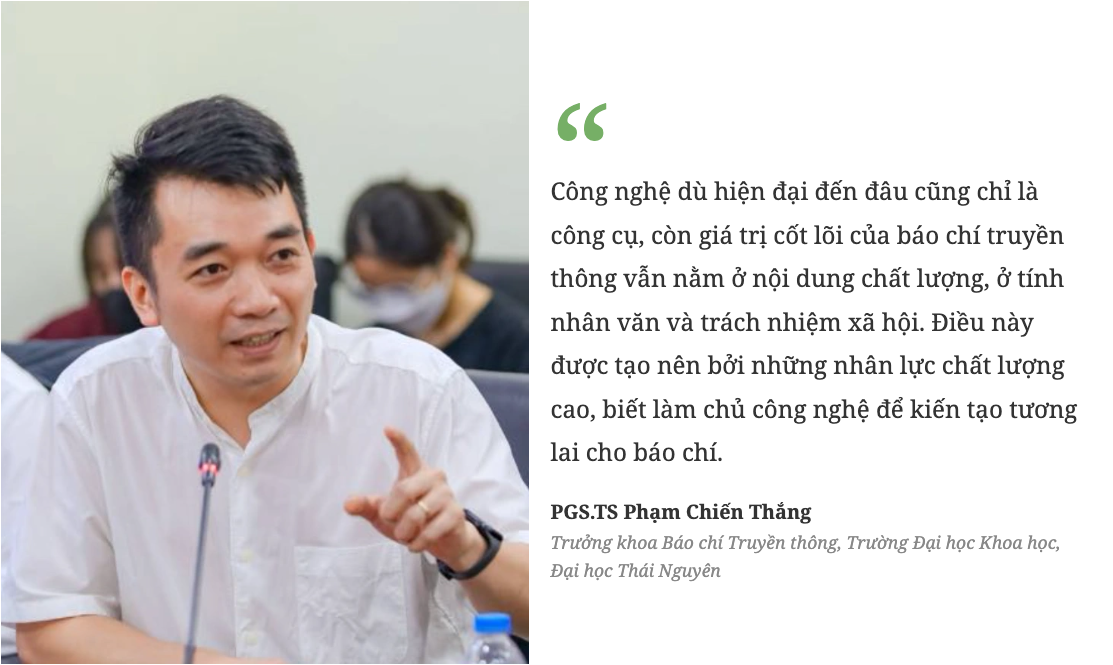
Sharing the same view, Professor Ngo Thi Phuong Lan commented that global journalism is facing a revolution of digital transformation and artificial intelligence (AI).
Current training programs tend to focus on the goal of training human resources with the ability to create diverse content for many media and platforms, with good background knowledge and methodology to self-study and adapt in a constantly changing working environment.
This requires appropriate teaching methods such as "project-based learning", "flipped classroom" and "blended learning" (online/offline combined learning). These methods encourage learners' initiative and positivity, enhance their ability to collaborate in groups and master the use of technology.
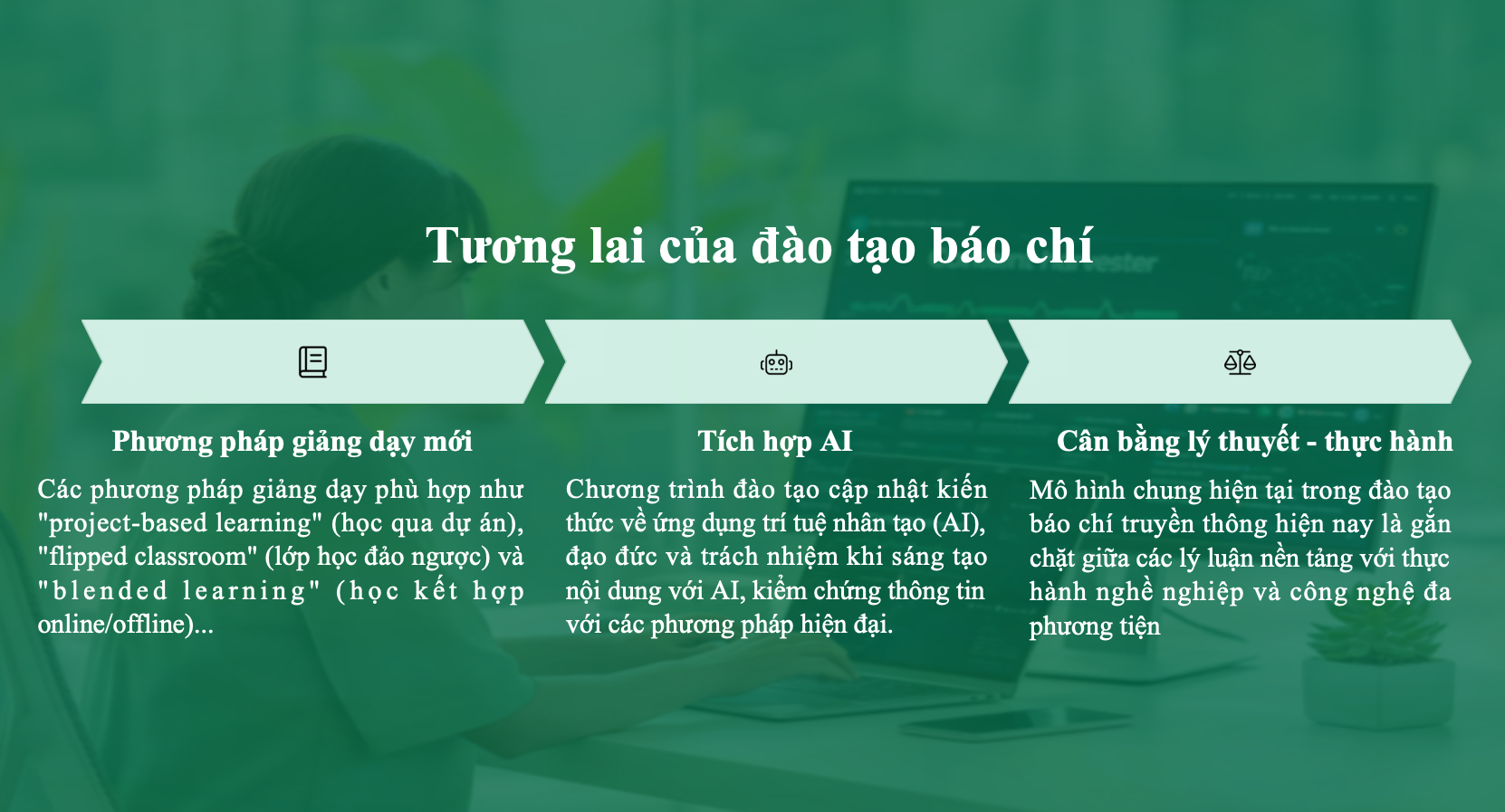
She shared that currently, the training program of the Faculty of Journalism and Communication, University of Social Sciences and Humanities, Vietnam National University, Ho Chi Minh City has updated knowledge on the application of artificial intelligence (AI), ethics and responsibility when creating content with AI, and verifying information with modern methods.
The school is aiming to design a version of its AI-integrated journalism and media training program, aiming to develop human resources that are both technologically proficient and socially responsible in the era of artificial intelligence.
Regarding the balance between theory and practice, Professor Ngo Thi Phuong Lan affirmed: "The current general model in journalism and media training is to closely combine fundamental theories with professional practice and multimedia technology. The requirement for learners is to study both theory and practice well."
Source: https://dantri.com.vn/giao-duc/dao-tao-bao-chi-mot-the-ky-thay-doi-tu-duy-20250621080607633.htm








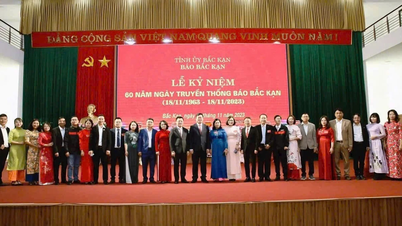

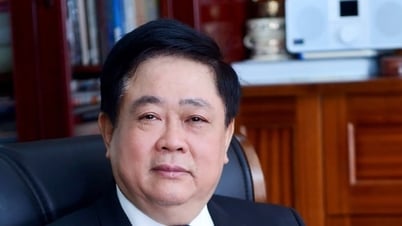

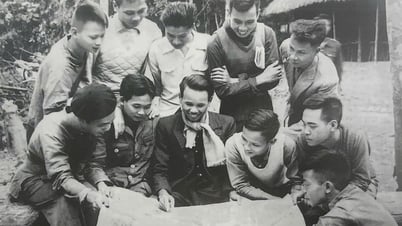



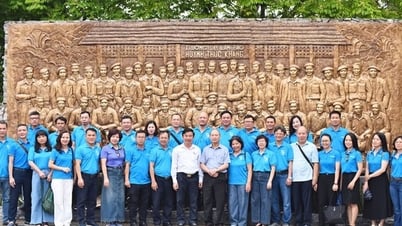
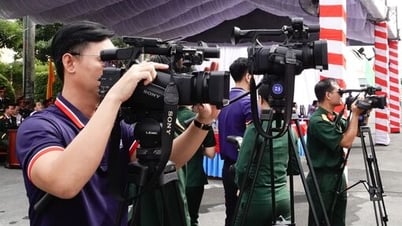



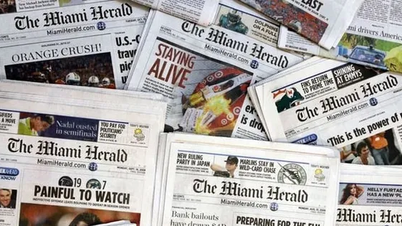

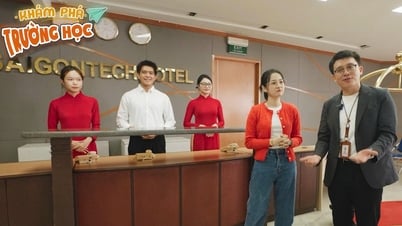


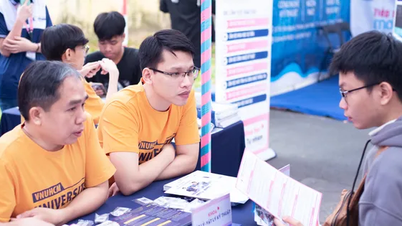
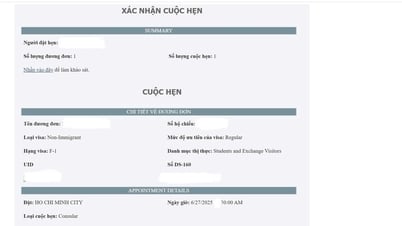





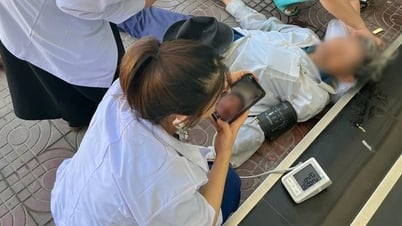


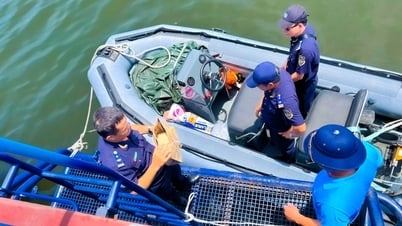

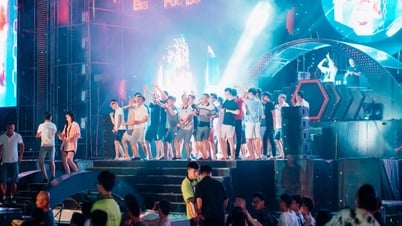

![[Photo] Overcoming the heat, practicing to prepare for the parade](https://vphoto.vietnam.vn/thumb/1200x675/vietnam/resource/IMAGE/2025/6/21/b93392e8da8243b8a32040d19590e048)


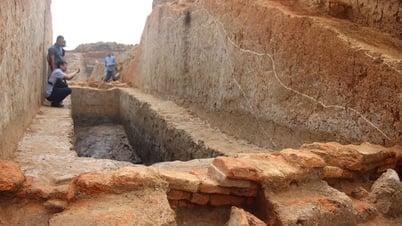




















![[Maritime News] Wan Hai Lines invests $150 million to buy 48,000 containers](https://vphoto.vietnam.vn/thumb/402x226/vietnam/resource/IMAGE/2025/6/20/c945a62aff624b4bb5c25e67e9bcc1cb)














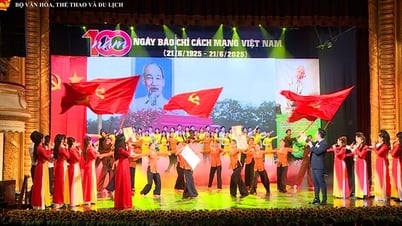


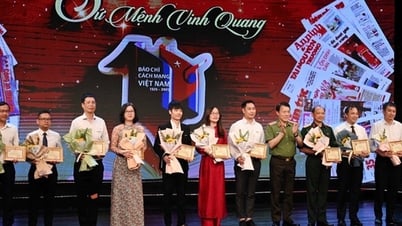
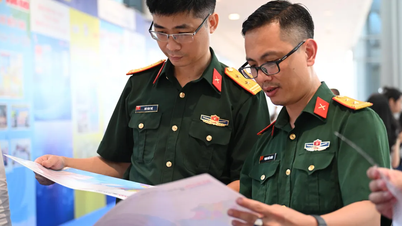
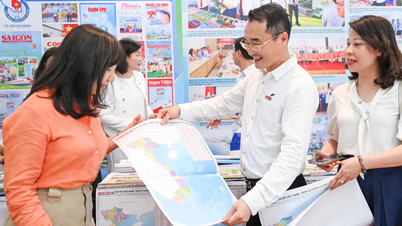


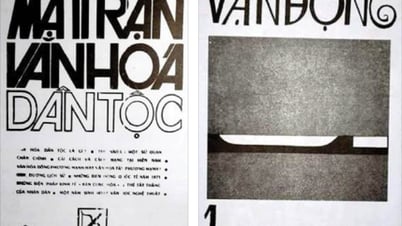
















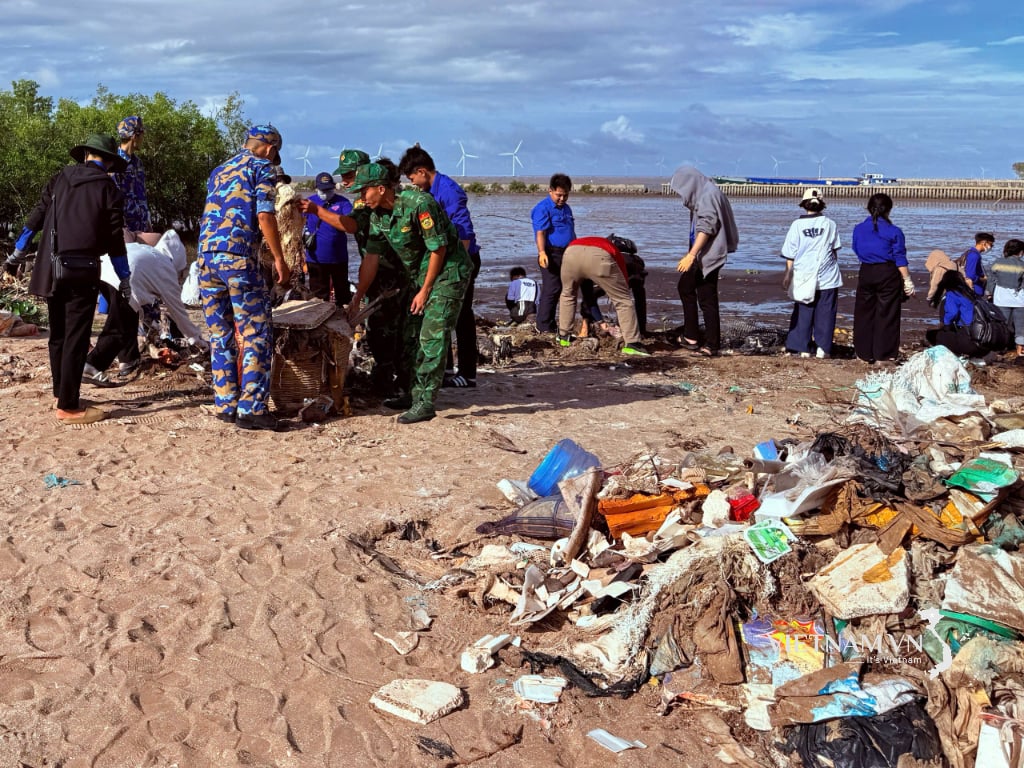
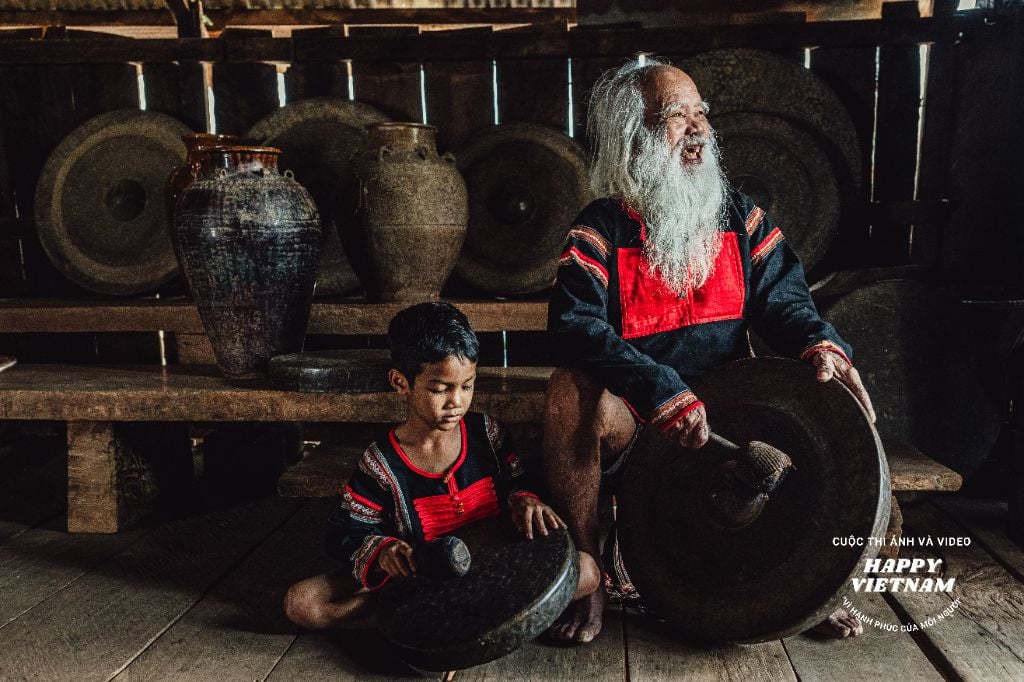
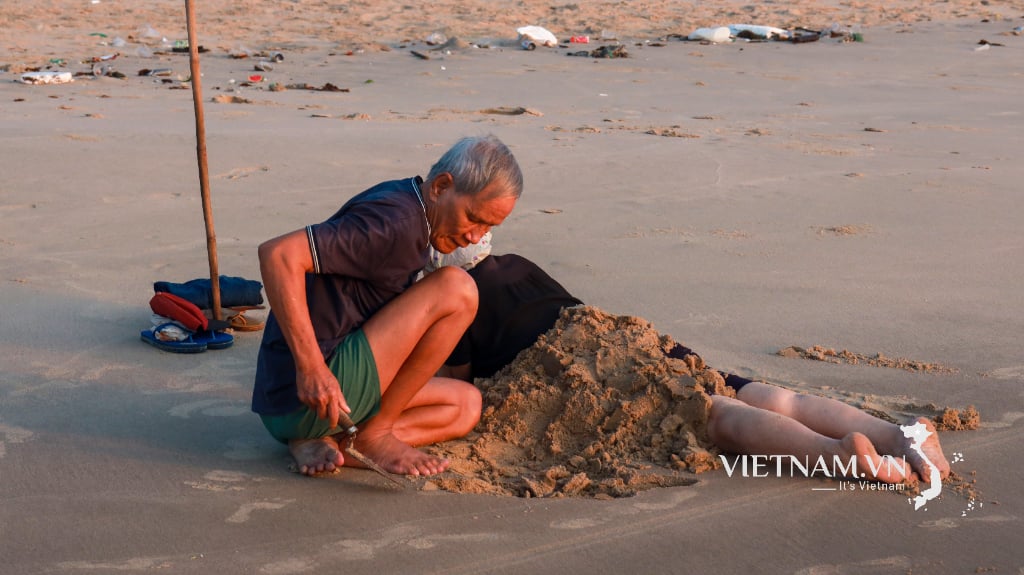
Comment (0)